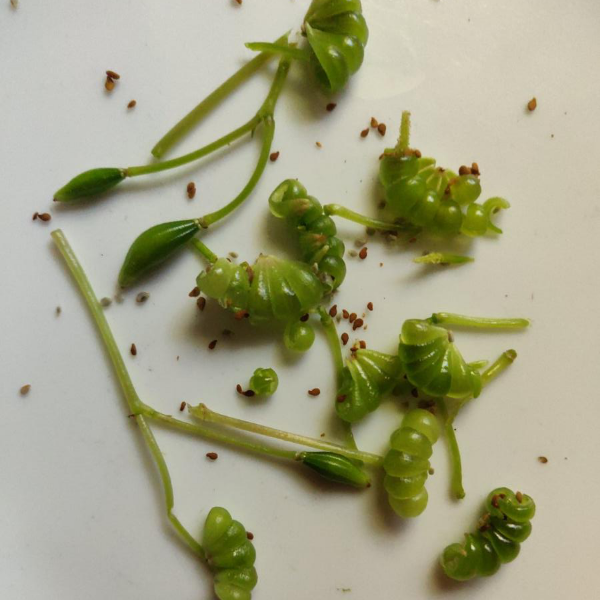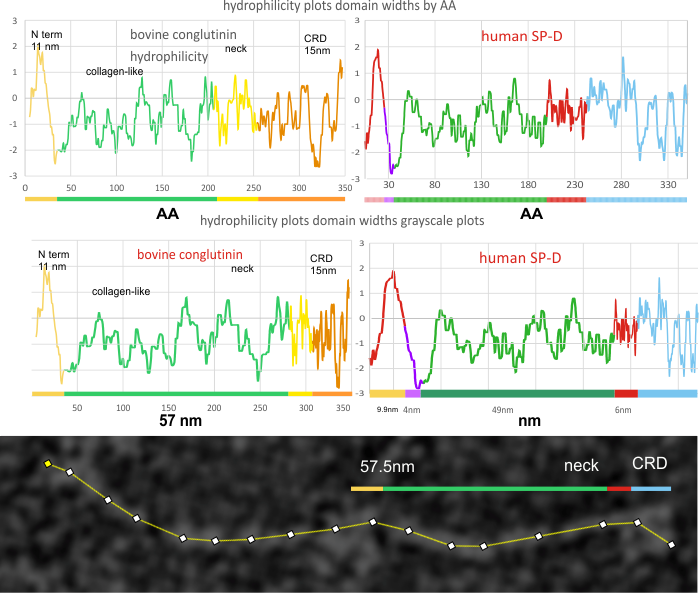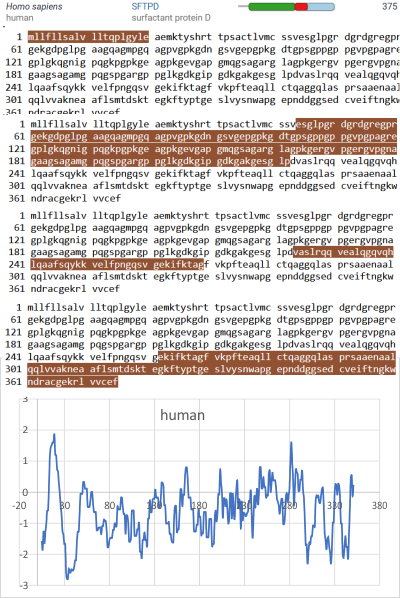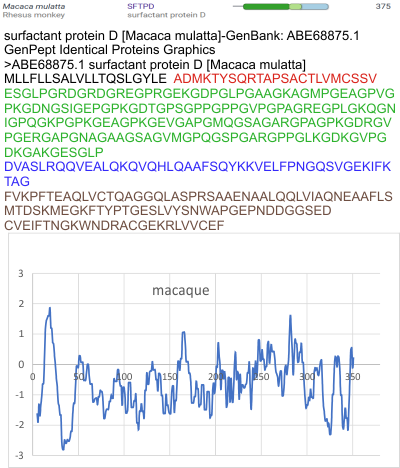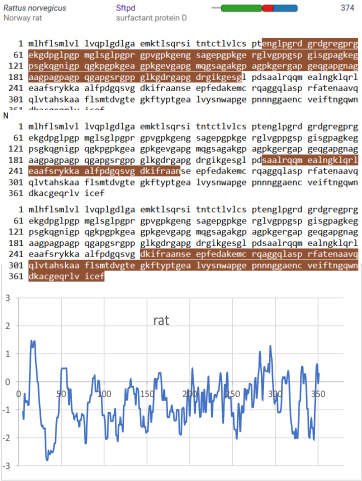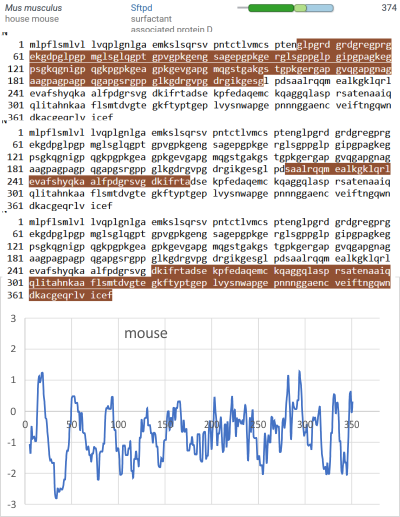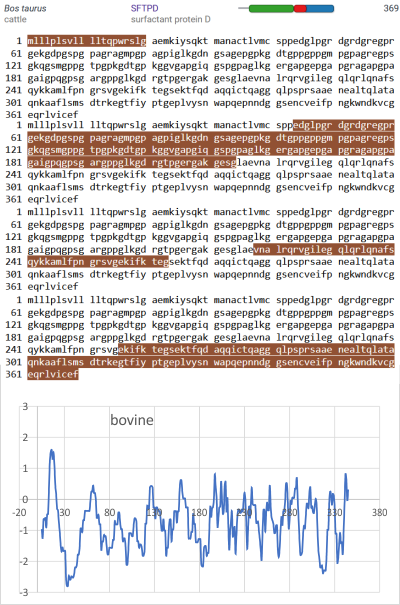“Science” as we hear it from the media is not always the truth:
To quote Churchill directly, “Truth is incontrovertible. Panic may resent it. Ignorance may deride it. Malice may distort it. But there it is.”
i might add
“Truth is incontrovertible: BUT — People may ignore it. Media may distort it. Politicians may chide it. Big business may supress it. Scientists may debunk it.” — But there it is.
Verge of a Dream: Another life
With another life completed
I’m not ready for you
Maybe several more…
Apprenticed to a carver
Of cold marble, I
Won’t be ready
For you.
I may signal the
Other ships and
Secure a
safe landing
After a life
Learning and
Leaning and
Steady at sea
I am not ready for
You.
I wonder if study
Even with someone
Having
a compassionate mind
and
even if my dialogue
were silenced…
would
it
does not even
us up
and make me ready
for you.
With your gliding
Elegance, you can choose
To land where you
Wish
I float, cast off,
Film, sea-sawing
On stale air
to the
Cutting room floor.
You know me and
You were right
About paradise
What ever it
Is for you it
is the same
For me.
RLB 10-04-2023
Hydrophobic peaks plotted for SP-D AA are similar in position to grayscale peaks of AFM images of SP-D
using structure
Whats wrong with Kroger?
Whats wrong with Kroger? Do they really think that people on Pinterest want to watch their flittering flashing obnoxious adds, like stupid neon idiot flashing lights. Whats wrong with Pinterest that they dont stop that kind of ridiculous Kroger advertising aimed at IQ less than 20. Is money worth losing integrity on both sides?
Ode to the reseeding impatiens flowers
For 36 years+ I have had pink impatiens flowers in my yard, first blooms appearing right around the first of July. They were here when I bought the house and the previous owner pointed out these tiny sprouts and said to me that these are “reseeding impatiens”. They come in various shades of pink from a deep magenta to a pale baby pink.
Over the years I have noticed that weather plays a huge part in whether these impatiens come back in droves or whether they are sparce. At some point a few years ago I began collecting seeds thinking that perhaps in a warm december that the seeds would sprout and then succumb to the freezes in January.
The flowers themselves are the only flower in my yard which attracts migrating humming birds, and the bees and bumble bees seem to pay them less attention. From August onward the seed pods form. They are are terriffic examples of biological engineering, and as they mature into little “impatiens-seed grenades” they pop with huge vigor spreading their 50-100+ seeds (within each pod) out onto the ground. This year I decided to count the seeds (so to speak) and there are about 222 seeds in each 0.15g. (I will update with total seeds collected later in the fall)(about 80,000 by weight). The largest pod contained 108 seeds, this seems to vary with the year, and the number of insects, birds and other polinators. The polinating species certainly express what all biology expresses…. do the least amount of work for the greatest reward. This is seen by the position of the flowers on the plants with the biggest pods…. easy access means more frequent polination and therefore more seeds per pod.
I have noticed that there are differences in seed-producing vigor with the very pale pink impatiens having fewer seeds and smaller seed pods, and lighter color seeds than the very dark impatiens do. The biggest pods seem to be on the medium pink variety. I collect them all, every color. I have sorted seeds by color in the past, but when I throw the seeds to the ground in early May it seems not to make much difference how I have sorted the colors and what color impatiens flowers spring forth.
Not the prettiest, or showiest variety of impatiens varieties, just plain and simple, but I enjoy them, their color, and the fact that they have persisted in my yard (sometimes with my help), for decades.
Images below show flowers with mature and immature pods, and pods I have collected (immature pods are small, narrow, and dont have a translucency, and dont look “pregnant”), and the seeds are shown collected in the last image.
Another thing i noticed is that if the flowers get wilty (which they do often) but are watered well, within a few hours the seed pods are bulging, ready to pop.
The right direction?
missed opportunity for solutions
comes from overzealous debunking
SP-D and bovine conglutinin hydrophilicity plots by AA and by domain-nm
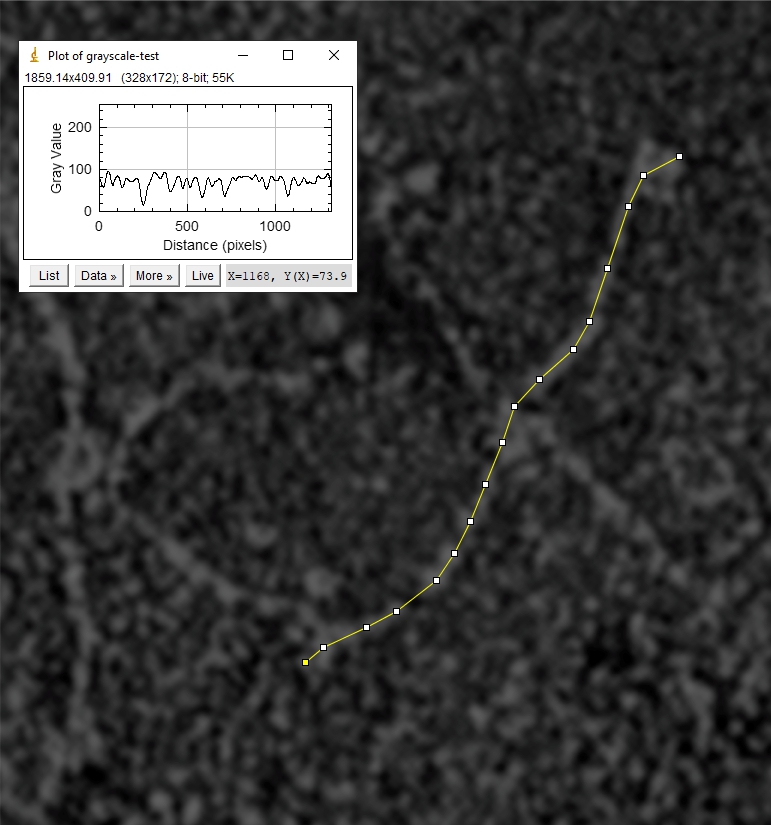 SP-D and bovine conglutinin hydrophilicity plots by AA and by nm. Published images of bovine conglutinin (Strang et al, ) were subjected to gaussian blur then used to plot where the N and the CRD domains were found. His measurements didn’t include the neck regions and it seemed pretty clear that there was such a peak visible in his images.
SP-D and bovine conglutinin hydrophilicity plots by AA and by nm. Published images of bovine conglutinin (Strang et al, ) were subjected to gaussian blur then used to plot where the N and the CRD domains were found. His measurements didn’t include the neck regions and it seemed pretty clear that there was such a peak visible in his images.
Human SP-D hydrophilicity plots (made with the same app by NovoPro where hydrophobic AA are causing the “peaks themselves so better named a hydrophobicity plot), and bovine coglutinin were compared both by the AA sequence and nm dimensions. Strangs images of negatively stained molecules he considered slightly less in length than shadowed images, he did not have AFM images and the my plot comparison is with SP-D is AFM.
Hydrophilicity plot of conglutinin show a different number of peaks along the collagen-like domain…. but still the plot maintains a great similarity to the SP-D. A previous post (here) does plot bovine SP-D in comparison to human SP-D, as well as three other species. These plots are by AA, and I will adjust them to nm plots next. Image below is a crop of the image above and rotated to horizontal. The nm bar does not exist on Strangs images therefore I have estimated this from his description.
Purpose: to determine whether the hydrophilicity plots have been, will be helpful in discerning structure and function of surfactant protein D. Looks like conglutin matches up pretty much. So I am inclined to give them nm values that are predicted by SP-D.
It is possible that a larger CRD region is actually present (as i would have predicted from Strangs image, however i used his dimensions to create the color version above, and the hydrophilicity-by-nm plot just above that.
One interesting point is that Strang mentions different dimensions when using different TEM techniques — and it seems from his imags and comparisons with the CRD region in AFM images that the AFM blends the three CRD regions into a bigger “glob” than the negative staining and shadowing. This may be the reason that the CRD in is smaller than found in the SP-D AFM images. The way to find out of course is to have the each molecule treated in the exact same way.
Just another note, it looks like the N term junction of the shadowed image might actually show structure not seen routinely in AFM images.
Purpose here: to see whether the collagen-like domain, which has much similarity to the SP-D collagen like domain, has the regular “peaks” along its length like SP-D.
Hydrophilicity (hydrophobicity) plots of SP-D
Hydrophilicity (hydrophobicity) plots of SP-D of five species (human, macaque, rat, mouse, and bovine) are convincingly similar to each other (as are their sequence comparisons) to confirm that a pattern was present in the hydrophilicity of some areas of the collagen-like domain. This led me to see whether the as yet unpublished 4 additional grayscale peaks in an SP-D trimer (1 distal to the N term peak, three proximal to the collagen-like domain (plotted in a direction with N term peak on the left) were “in line” with the peaks in the hydrophilicity plots. Known grayscale peaks for SP-D are — N term, glycosylation peak, CRD peaks — identified in published AFM images (Arroyo et al, 2018) there are additional peaks consistently found.
Species hydrophilicity plots of SP-D are below (plots are by AA, and not by folding (see tiny green-red-bar for folding) and a comparison of human hydrophilicity plots, and grayscale plots from AFM Images just for human is HERE.







